Retirement Savings for Nonprofit Professionals
I normally don't get too far afield away from the nonprofit sector, but some recent changes as a part of the $1.7 trillion spending bill Congress passed in December of 2022 are tangentially related to our nonprofit sector. In particular, to the professionals who serve it so well.
Part of the Omnibus Bill included changes to retirement offerings and requirements for many employed Americans throughout the United States. And while there were adjustments to the required distributions which can help all nonprofits if handled correctly, what was more interesting were the changes to retirement provisions, in many cases for nonprofits, creating responsibilities for employees in helping them plan for some future date when they no longer work. Included in these changes were the following:
For organizations with more than ten employees, a requirement of automatic inclusion into retirement programs unless employee opts out
For organizations with more than ten employees, a requirement of automatic contributions for employees unless they “opt out”
For organizations with more than ten employees, an automatic increase each year for employee contributions unless they “opt out”
Increased catch up provisions for retirement including a new category for those 60 and older
Why these requirements are important is related to not only the lack of planning that occurs by many younger individuals who can't see retirement in the near future, but also as a warning shot by Congress for us all. The Social Security Trust Fund is estimated to not be able to meet its 100% obligations sometime in the early part of the next decade, between 2032 and 2034. These changes, which are good, are an indirect and not very well discussed warning there is a chance there will be reductions, as much as 25%, to Social Security distributions when the trust fund can no longer substantiate the current payment model.
This is something we all need to pay attention to. When the trust fund is not full or at 100%, the options are a reduction in payments, increased contributions, or a pushing back of retirement age, which has already started for many.
The bottom line is, it's important now more than ever to control as much as possible when it comes to your own retirement savings. These new provisions increase opportunities and numbers regarding an employee's retirement options. That's a good thing. But don't miss the warning sign.


